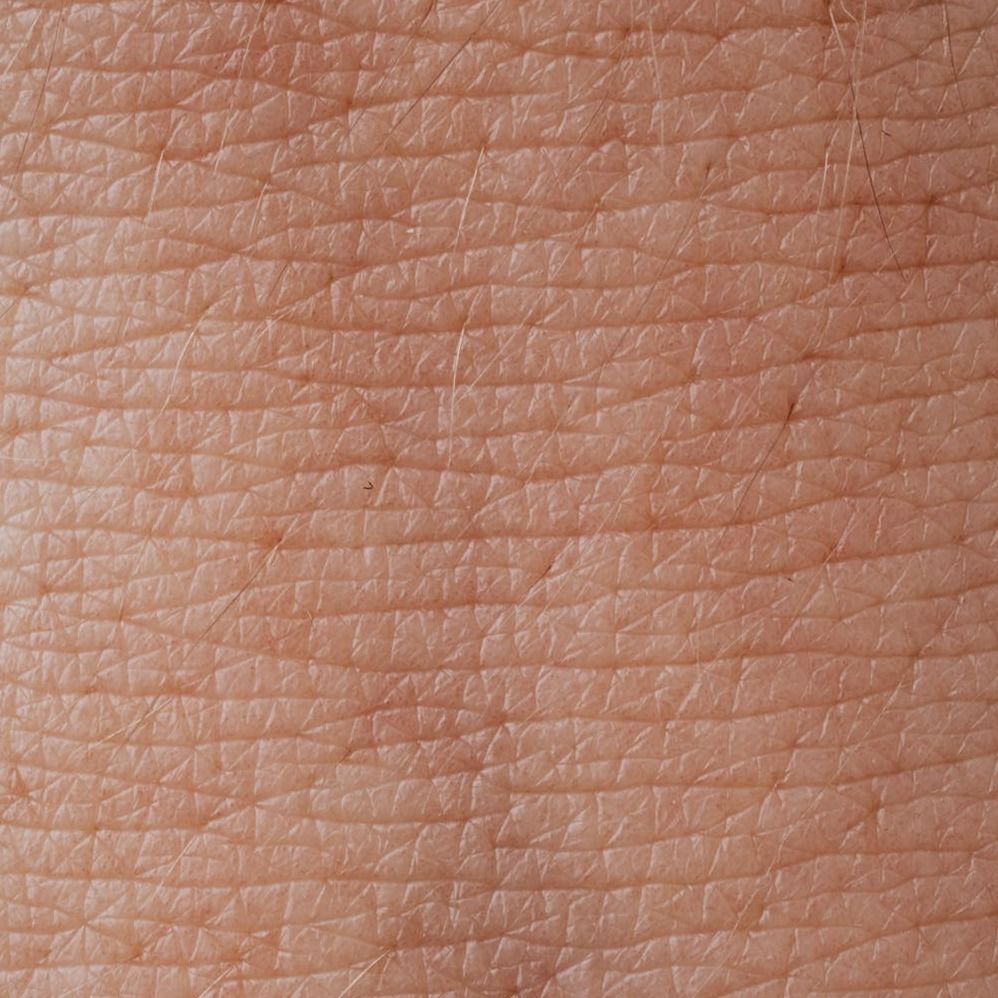Article
Study Analyzes Topical Glucocorticoid-Related Skin Atrophy in Atopic Dermatitis
Author(s):
The prevalence of striae distensae was notably higher in psoriasis than atopic dermatitis.

Patients with atopic dermatitis may experience less severe skin atrophy from long-term topical glucocorticoid (TGC) use compared to patients with psoriasis.
A team of investigators, led by Chung Hyeok Lee, of Yonsei University Wonju College of Medicine, performed a variety of analyses to shed light on the differences between the 2 conditions in terms of atrophy severity.
“In practice,” Lee and colleagues wrote, “we observed more severe cases of skin atrophy including striae distensae in adult patients with psoriasis compared to those with atopic dermatitis despite similar disease duration.”
They compared the occurrences of striae distensae in atopic dermatitis with psoriasis and further investigated correlations among eosinophils, periostin, and skin fibrosis.
Prevalence
First, the team used the Korean Health Claims Database to estimate striae distensae prevalence between 2009-2013. Only patients with atopic dermatitis and psoriasis as the primary diagnosis and striae distensae as secondary diagnosis were included in the analysis.
As such, a total of 4,887,773 patients were diagnosed with atopic dermatitis and 812,484 with psoriasis.
The proportion of striae distensae among patients with atopic dermatitis was 2.21 per 100,000 person-year—versus 6.87 per 100,000 person-year among those with psoriasis (P < .01).
Evaluating biopsies and mouse models
The investigators then went on to collect blood and tissue eosinophil counts from 4 patents with atopic dermatitis and 4 patients with psoriasis. All patients had similar disease severity and TGC treatment duration.
The team observed dermal fibrous components to be more compact in the skin of patients with atopic dermatitis compared to psoriasis.
Even more, the blood eosinophil count in atopic dermatitis patients was higher than those in psoriasis patients (667 E9/L vs 183 E9/L, P < 0.05). The skin tissue eosinophil count in atopic dermatitis was also significantly higher than psoriasis (52 EA/mm2 vs 2 EA mm2, P <.05).
Using linear regression, they observed a significant positive correlation between perivascular density of the dermal fibrous components and infiltrated eosinophil counts (R = 0.8167, P < .01)
Murine models showed that tissue eosinophil count was significantly higher in mice with atopic dermatitis than in mice with psoriasis (P < .01).
Following application of TGCs, mice with atopic dermatitis significantly decreased in eosinophil count, while mice with psoriasis demonstrated no such decrease.
Periostin expression and genetic mRNA
Lee and team performed immunohistochemistry (IHC) of lesional and non-lesional samples from 12 patients (4 atopic dermatitis, 4 psoriasis, and 4 allergic contact dermatitis). They used tissue microarray for ICH.
They found that periostin was predominantly expressed along the dermo-epidermal junction in patients with psoriasis and a control group. However, it was diffusely distributed through the entire dermis in patients with atopic dermatitis.
Further, mRNA sequencing and microarray analyses revealed a significant upregulation of POSTN, TGFB1, COL11A1, MMP1, 7, 12, 28 and IL1R2, in patients with atopic dermatitis (P < .05).
However, levels of TGFA, COL1A1, MMP2, IL1B, XCL8/10 and HRH2 mRNA were significantly decreased in these patients.
Conclusion
“This study supported by previous studies found that tissue remodelling and fibrosis in atopic dermatitis skin are closely related to the eosinophil count,” Lee and colleagues wrote.
They further suggested that periostin as encoded by POSTN may play an important role in fibrosis in atopic dermatitis-afflicted skin.
Additionally, the broad distribution of periostin in the dermis of patients with atopic dermatitis and increased density of the fibrous component was considered a significant, noteworthy finding towards understanding skin atrophy severity.
“In summary, atopic dermatitis is characterized by tissue remodelling and fibrosis,” they wrote. “Thus, the incidence of skin atrophy and striae distensae caused by long-term TGC use was found to be lower than that in psoriasis.
The study, “Skin atrophy caused by topical glucocorticoids is less common in patients with atopic dermatitis than in those with psoriasis,” was published online in Experimental Dermatology.
2 Commerce Drive
Cranbury, NJ 08512
All rights reserved.





